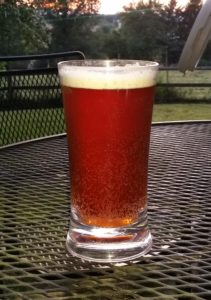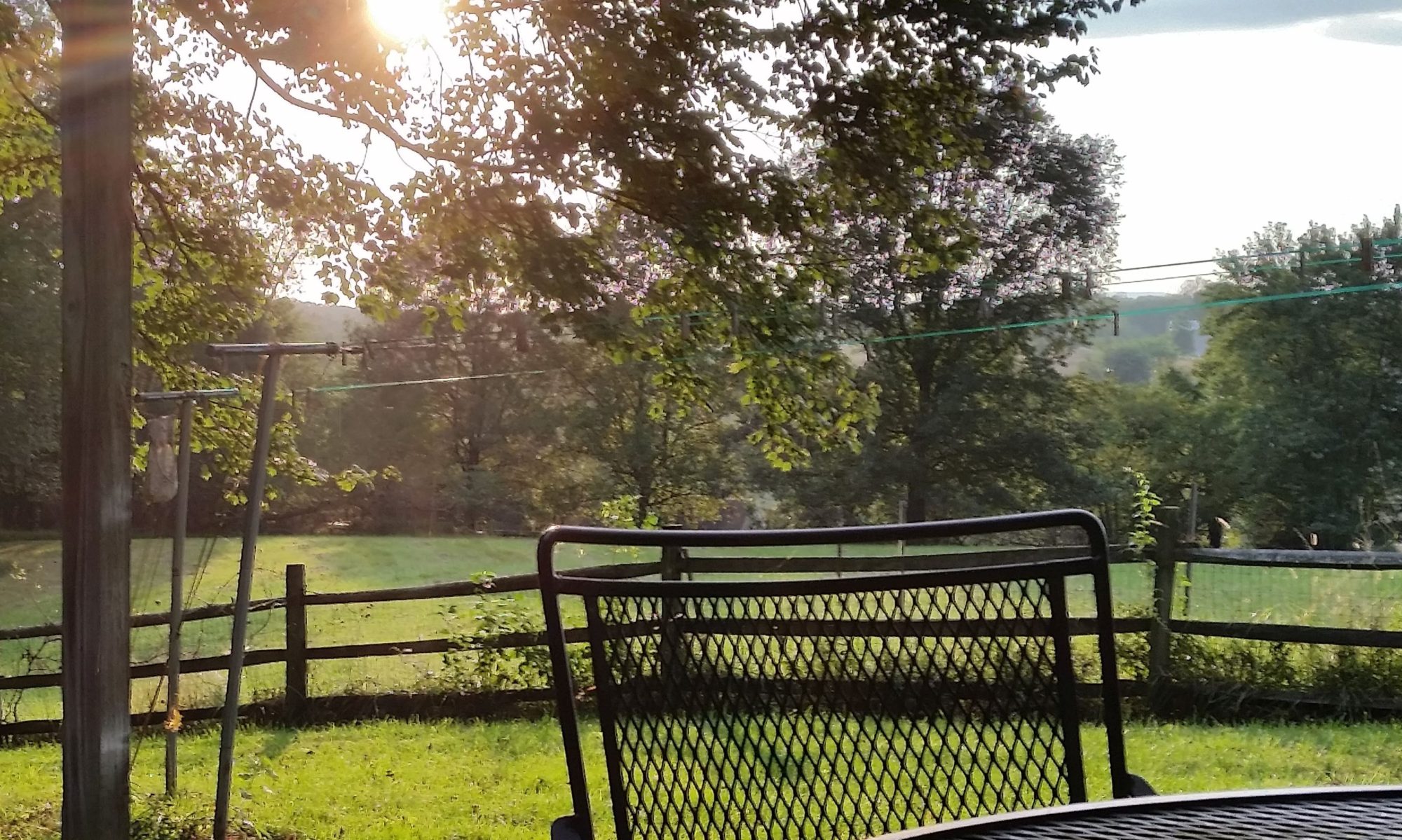Some of the links below are affiliate links, meaning, at no additional cost to you, I will earn a commission if you click through and make a purchase.
My English Pale Ale from the last brew day has been kegged up, carbed, and made its debut at a party we held last night, not quite two weeks after brewing. I’ve got the Special Bitter in a keg, as well, but we didn’t quite get to that one, so I can’t speak to it just yet.
In all, I’m really quite pleased with the Pale. It’s got the characteristic toasty, biscuity notes that I associate with brews from the British isles. There’s an assertive bitterness to it, but it’s neither over-the-top (as an IPA would be, even an English one), nor does it really come through in either aroma or flavor.
 The color is a deep amber, and it throws a fine, off-white head. I’ve got the carbonation set pretty low; I was aiming for about 1.5 volumes of CO2. The bubbles you can see in the photo are due to a less-than-perfectly-clean glass; it’s certainly not aggressively fizzy.
The color is a deep amber, and it throws a fine, off-white head. I’ve got the carbonation set pretty low; I was aiming for about 1.5 volumes of CO2. The bubbles you can see in the photo are due to a less-than-perfectly-clean glass; it’s certainly not aggressively fizzy.
There’s still a bit of a haze to it, but I’m sure that will drop out, if the keg survives long enough. The beer came in at about 4% ABV, which is about what I was hoping for. I adjusted my water a little, adding some gypsum (calcium sulfate), which helped give it a drier finish than it might otherwise have. It definitely leaves you wanting another!
I’ll have to see about doing this one up as an all-grain recipe, so that I can fully implement the single tweak I might make. As mentioned when I brewed it, I’m surprised by the (relative) darkness of the beer, and would like to back it up a few points to a lighter amber. I mean, it’s not a stout or porter, by any means, but it’s a good deal darker than I think of when I think “pale ale”.
I will be curious to compare this with the bitter. Not only was it lighter in color, it had a bigger hop profile. Not IPA big, but more than the pale. I’m also curious to see what differences I get from the yeast. The Pale used the London Ale strain, while the Bitter used the Burton strain (WLP-013 and WLP-023, respectively). It might be a worthwhile experiment to re-brew these beers, but swap the yeast strains out, just to see how they do.
The WLP-013 is, at least until I try the bitter, my new favorite English Ale strain. It definitely eclipses the WLP-002 strain, in my experience. The 013 seems a good deal cleaner, and really accentuates the malt, where the 002 has always given me a really fruity, ester-y beer.
For my next post, I’ll be going over the Special Bitter, and doing a closer comparison of the two beers. Also, since it’s fall, I’m beginning to think cider!
What have you been drinking lately? Let us know in the comments section!
